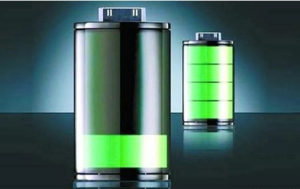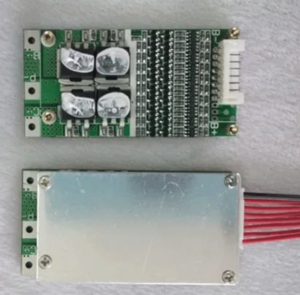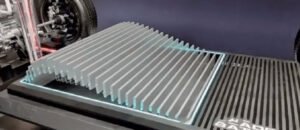In order to ensure the quality and safety of lithium batteries, comprehensive testing and evaluation are required. This article will introduce the full inspection standards for lithium batteries, including appearance inspection, capacity test, internal resistance test, cycle life test, safety performance test, etc.

1. Appearance inspection
1. Appearance inspection should include the shell, electrodes, connecting wires and other parts to check whether there is obvious deformation, damage, corrosion, etc.
2. The shell should have no obvious dents, cracks, leaks, etc.
3. The electrodes should have no obvious deformation, fracture, corrosion, etc.
4. The connecting wire should have no obvious breaks or damage.
2. Capacity test
1. Capacity test should be carried out at standard temperature, generally 25℃.
2. Charging test: Connect the lithium battery to the charging equipment, charge according to the specified charging rate, and record the current, voltage and time during the charging process.
3. Discharge test: Connect the lithium battery to the discharge equipment, discharge according to the specified discharge rate, and record the current, voltage and time during the discharge process.
4. Calculate the capacity of the lithium battery based on the current, voltage and time during charge and discharge, and compare it with the specified capacity.
3. Internal resistance test
1. The internal resistance test should be performed at standard temperature, generally 25°C.
2. Use an internal resistance tester to measure the internal resistance of the lithium battery and record the result.
3. Evaluate whether the internal resistance of the lithium battery meets the specified requirements based on the test results.
4. Cycle life test
1. The cycle life test should be conducted at standard temperature, generally 25°C.
2. Conduct multiple cycle charge and discharge tests according to the specified charge and discharge rate, and record the charge and discharge process and battery parameter changes of each cycle.
3. Evaluate whether the cycle life of the lithium battery meets the specified requirements based on the test results.
5. Safety performance testing
1. Safety performance testing should include testing under overcharge, over-discharge, short circuit, high temperature, etc.
2. Overcharge test: Connect the lithium battery to the overcharge device, perform an overcharge test, and observe whether there are any abnormalities such as leakage and expansion.
3. Over-discharge test: Connect the lithium battery to the over-discharge device, perform an over-discharge test, and observe whether there are abnormal conditions such as low voltage and capacity loss.
4. Short-circuit test: Short-circuit the positive and negative poles of the lithium battery and observe whether there are any abnormalities such as leakage or thermal runaway.
5. High-temperature test: Place the lithium battery in a high-temperature environment and observe whether there are any abnormalities such as leakage, expansion, thermal runaway, etc.
6. Test report
The test report should include the following:
1. Test conditions such as test date, temperature range, charge and discharge rate, etc.
2. Appearance inspection results of lithium batteries.
3. Lithium battery capacity test results.
4. Internal resistance test results of lithium batteries.
5. Cycle life test results of lithium batteries.
6. Safety performance test results of lithium batteries.
7. Conclusion and suggestions: Based on the test results, evaluate the quality and safety of lithium batteries and make corresponding improvement suggestions.
Based on the above, the full inspection standard of lithium batteries is an important means to ensure the quality and safety of lithium batteries. Through inspection and evaluation in multiple aspects such as appearance inspection, capacity test, internal resistance test, cycle life test and safety performance test, the performance and safety of lithium batteries can be comprehensively understood. The test results can provide important reference for the design, production and application of lithium batteries, ensuring the reliability and safety of lithium batteries.
https://www.linkedin.com/company/solar-power-x/





